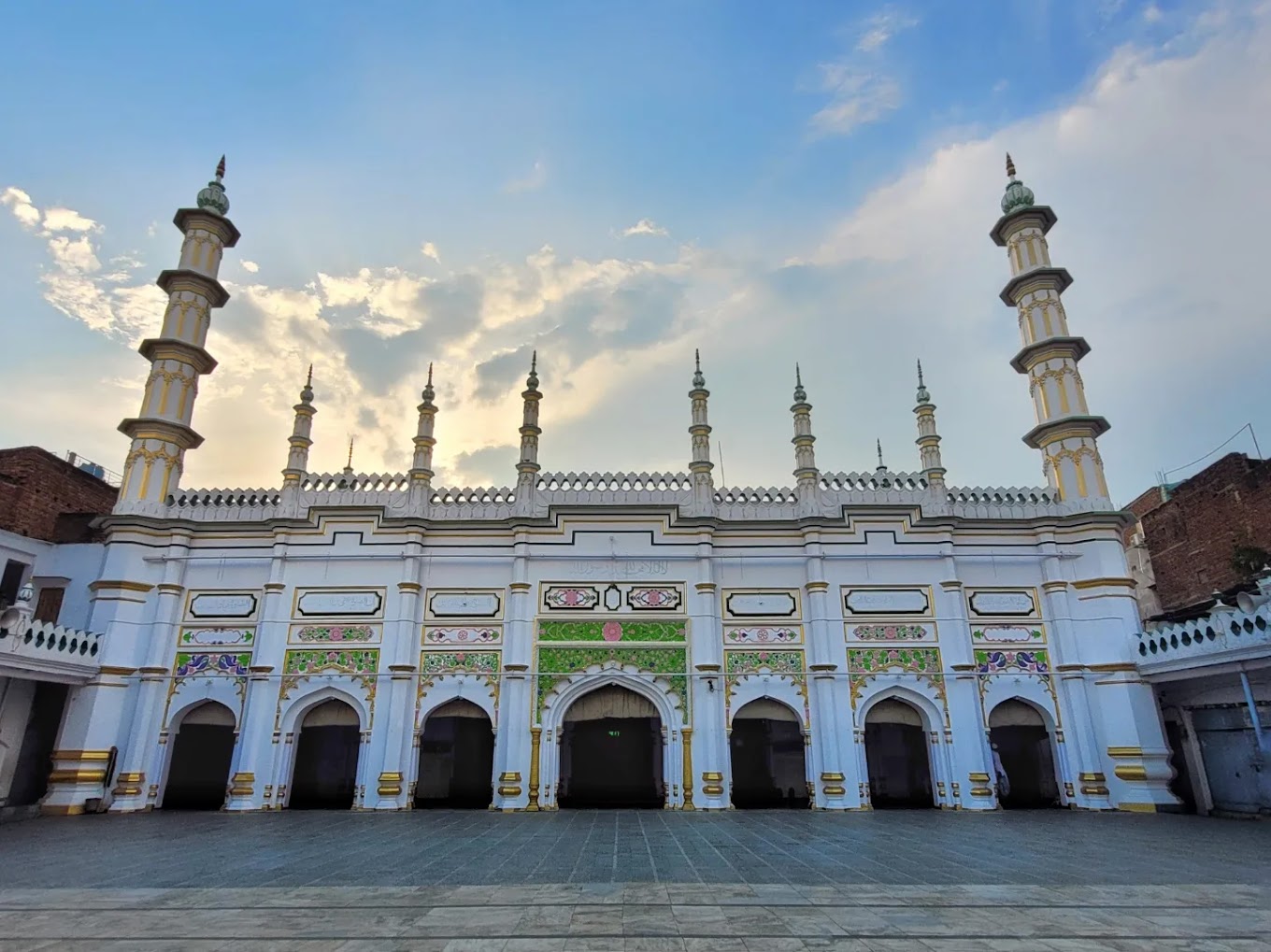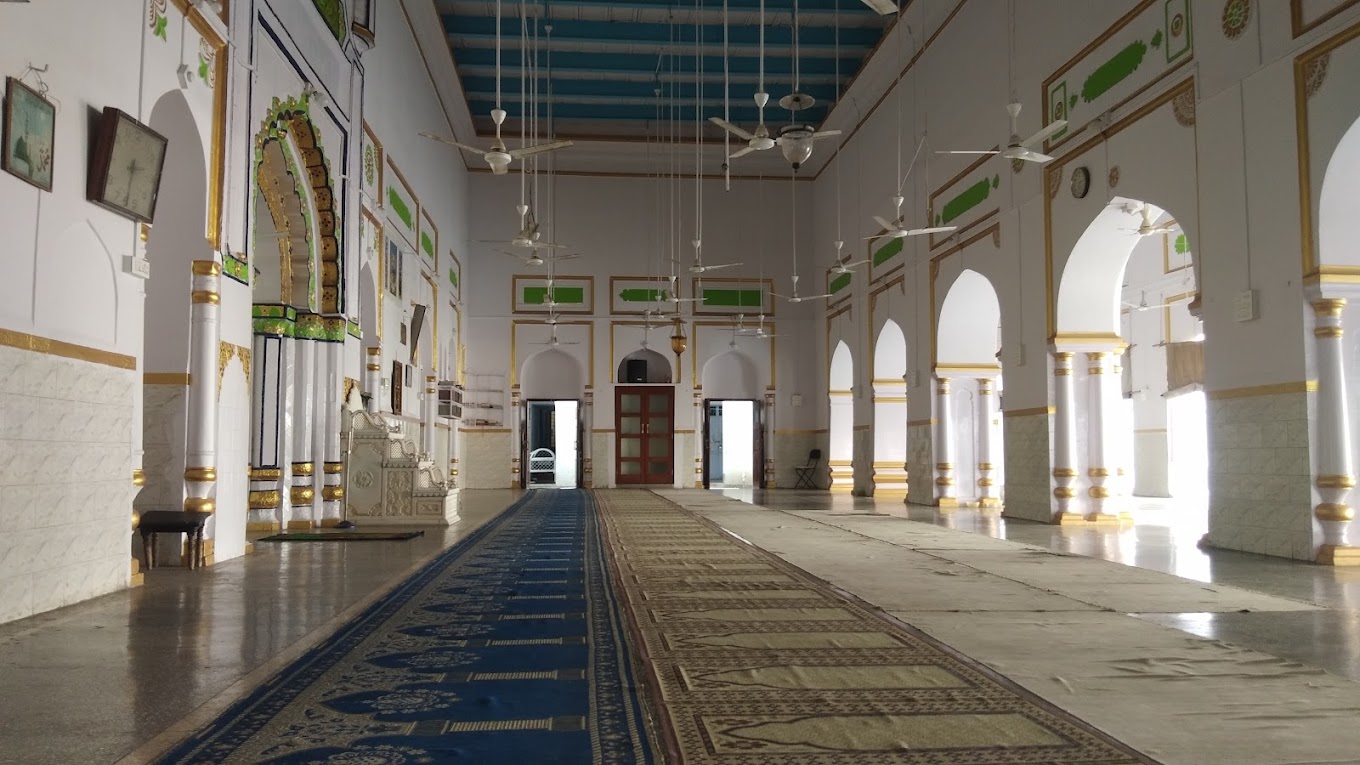

.jpg)
Jama Masjid in Gaya, Bihar, stands as a silent witness to the region's rich Islamic heritage. Built in the 15th century during the reign of Sultan Hussain Shah of Bengal, this grand mosque is a remarkable example of the synthesis between Islamic architectural traditions and local building styles. The mosque's most striking feature is its imposing façade, characterised by multiple arched entrances. These arches, executed in the distinctive Bengali style with their gently curved tops, reflect the regional architectural influence. The use of local materials, particularly stone, gives the mosque a unique character that sets it apart from contemporary structures in other parts of India. The mosque's prayer hall is spacious and can accommodate numerous worshippers. It is crowned by multiple domes, with the largest and most elaborate central dome. These domes, visible from afar, have become integral to Gaya's skyline. One of the unique aspects of this Jama Masjid is its minarets. Unlike the tall, slender minarets commonly seen in Mughal mosques, the minarets here are shorter and more robust, reflecting an earlier style of Islamic architecture in India. While functional, these minarets add to the visual appeal of the mosque's silhouette. The interior of the mosque is relatively austere, focusing the worshipper's attention on the spiritual rather than the material. The mihrab (prayer niche) is beautifully decorated with calligraphic inscriptions and geometric patterns, typical of Islamic art. The minbar (pulpit) is a fine piece of woodwork, showcasing the skill of local artisans. One of the most interesting features of the Jama Masjid is its courtyard. This open space serves as a gathering area for worshippers and houses several ancient graves. These graves, believed to be of important religious figures, add to the site's historical and spiritual significance. Despite its historical importance, the Jama Masjid in Gaya remains relatively less explored than the famous Buddhist sites. This has inadvertently helped preserve much of its original character and spiritual atmosphere. Today, the mosque continues to serve as an important center for the Muslim community in Gaya. It comes alive especially during Eid celebrations and Friday prayers, when the grand old structure resonates with the voices of the faithful. For visitors, the Jama Masjid offers a unique opportunity to explore a different facet of Gaya's rich religious heritage. It stands as a testament to the cultural diversity of Bihar, where different faiths have coexisted and flourished over centuries.